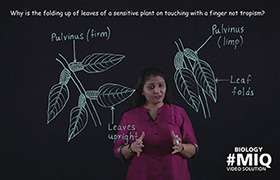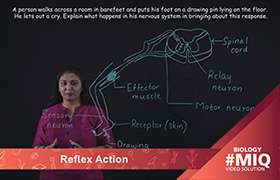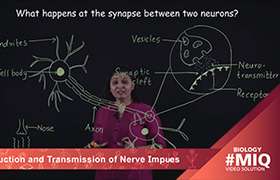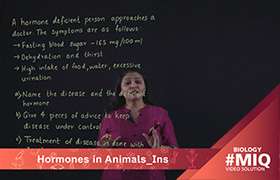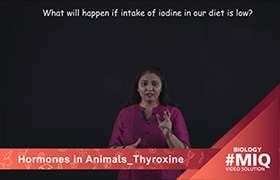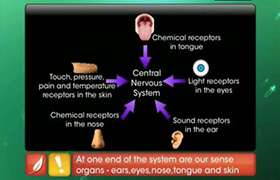CBSE Class 10 Answered
Movements in plants are of two types: Nastic movements and Tropic movements.
Nastic movements: The movement of a plant in response to an external stimulus in which the direction of response is not determined by the direction of stimulus is called nastic movement.
Examples:
1. Daisy flowers close at dusk and open at daybreak.
2. Mimosa pudica or the touch-me-not plant has tiny leaflets which fold up in response to mechanical stimuli such as touch, drops of rain or even a gust of wind.
Nastic movements can be of two types: photonasty and nyctinasty.
Photonasty is a nastic movement to the light and dark phases of the day. Example: Flowers of primrose blossom during the evening but close during the day.
Nyctinasty is the movement in response to dark.
Example: Leaves of the rain tree fold by nightfall.
Tropic movements: The movement of plant organs towards or away from a stimulus is known as tropism or tropic movement. The stimulus can be some agent or action which evokes a movement in the plant.
Tropic movements can be of the following types:
1. Phototropism: The movement of plant parts towards or away from light is termed as phototropism. Example: Roots grow away from the light.
2. Geotropism: The movement of plant organs in response to gravity is termed as geotropism. Example: The shoot grows upwards against gravity.
3. Chemotropism: The movement of plant organs in response to a chemical stimulus is called chemotropism. Example: The pollen tube grows towards the sugary substance secreted by the stigma of the flower.
4. Hydrotropism: The movement of plant organs in response to water is termed hydrotropism. Example: Roots grow towards the source of moisture.
5. Thigmotropism: The movement of plant organs in response to stimuli caused by physical contact with solid objects is termed thigmotropism. Example: Weak-stemmed plants use twining stems and tendrils to climb on other plants/objects which provide them support.

